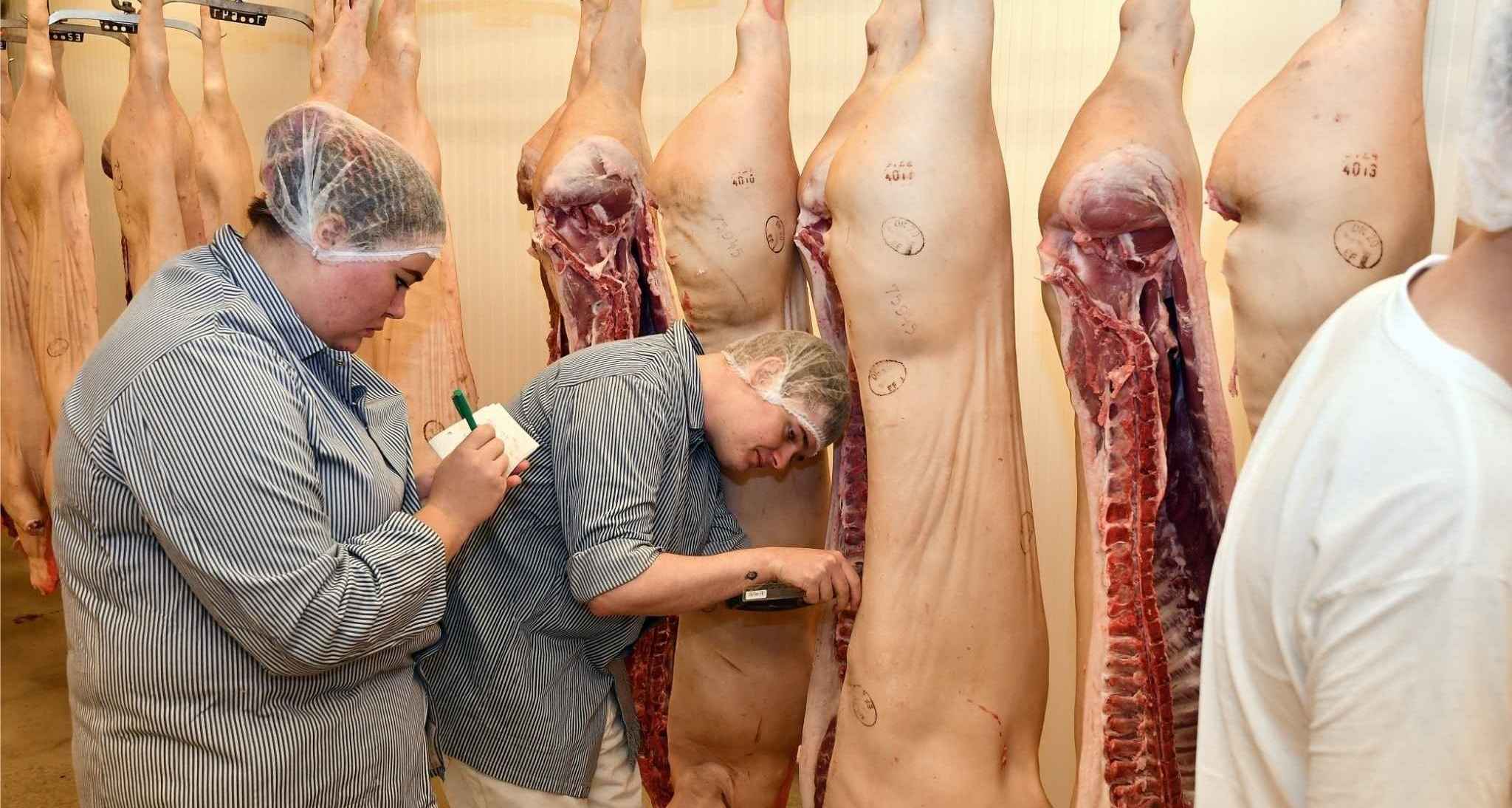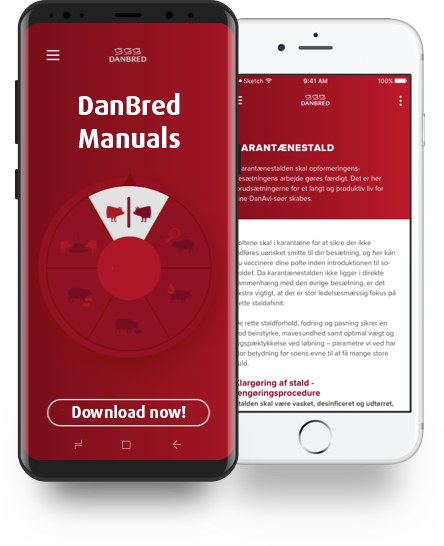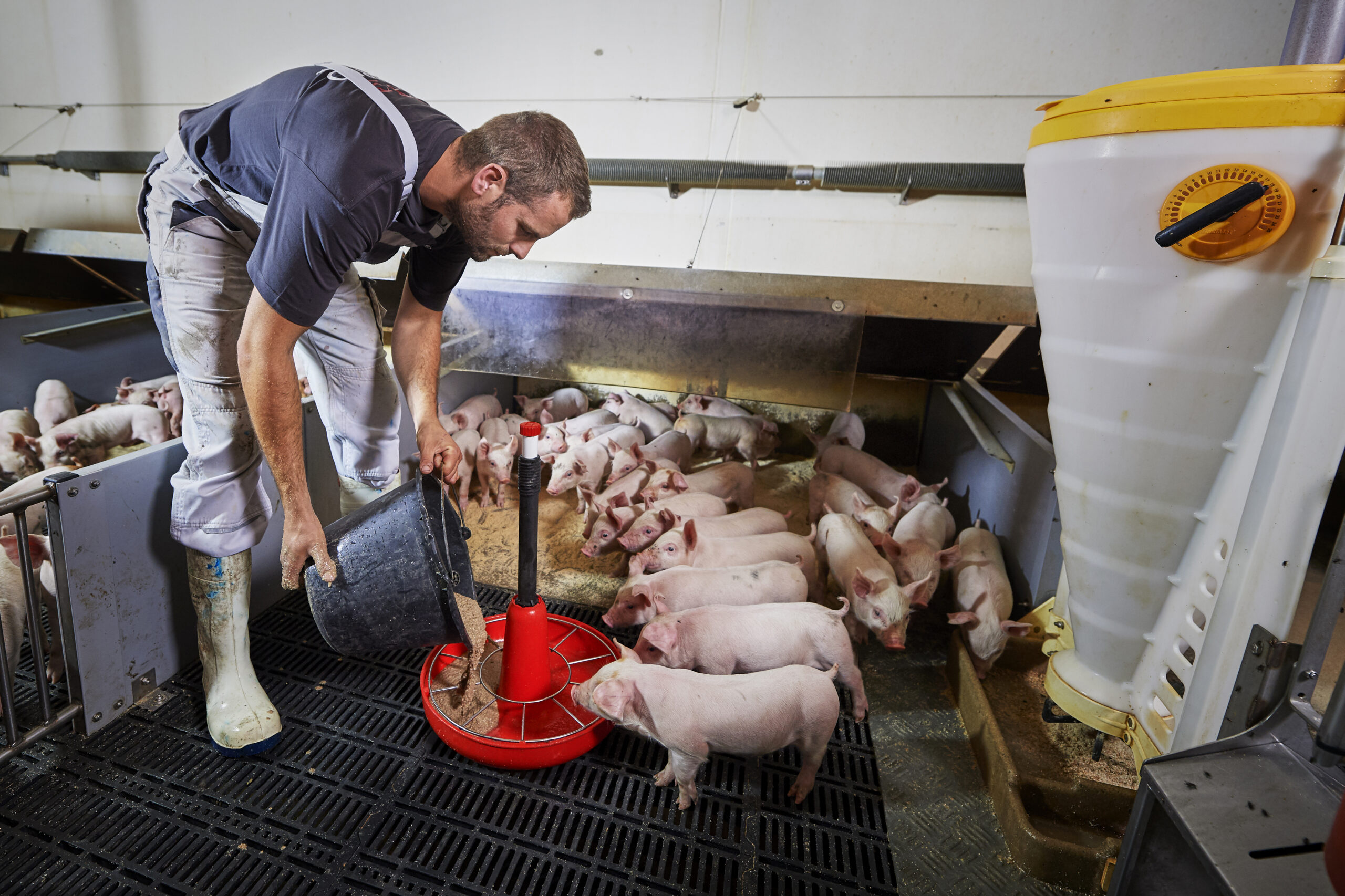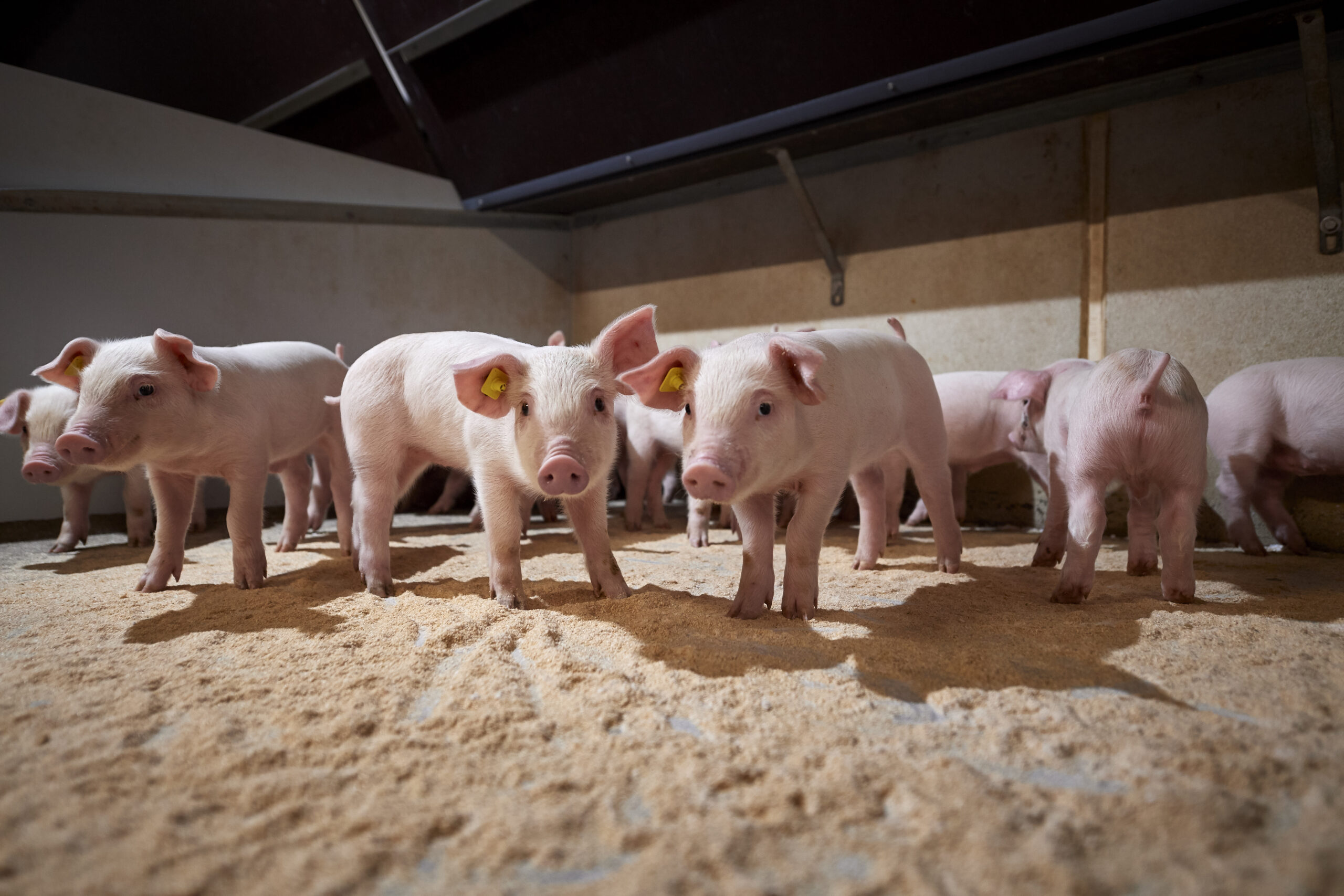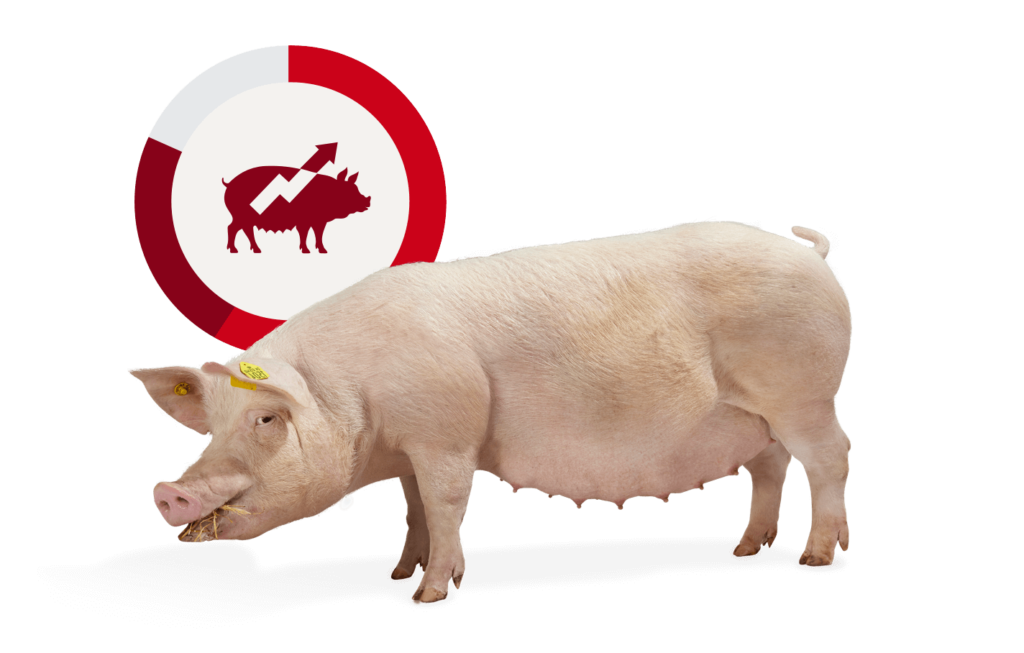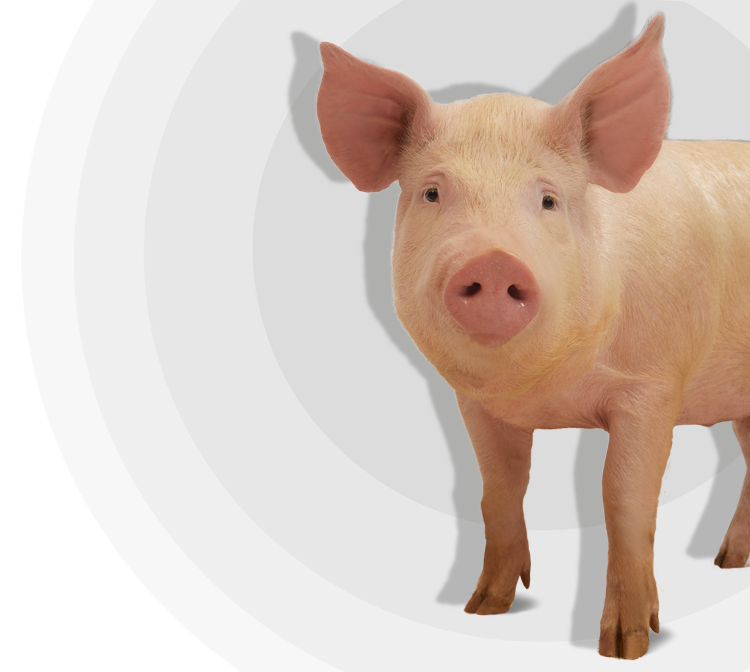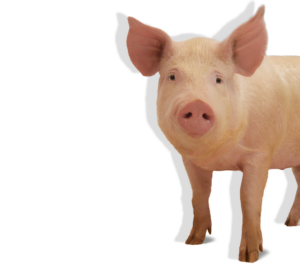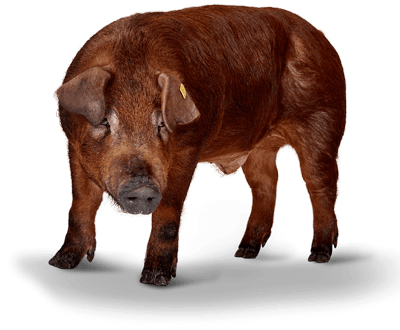DanBred collaborates with the Danish Meat Trade College on meat quality measurements of our pigs. We are very proud of this collaboration, which gives both the butcher students and DanBred valuable insights into how breeding and feed affect meat quality.
This article is based on an article by LandbrugsAvisen. The original article was written by Morten Thomsen and published on LandbrugsAvisen on October 23, 2024. You can read the original article here.Photos: Morten Thomsen. |
What is good meat quality?
We are always working to ensure that our world-class finisher pigs match the local demands for meat quality in the different countries around the world. It is very different from market to market what defines “high meat quality”. One of the means to always ensure high meat quality is our close collaboration with the Danish Meat Trade College.
Choosing the right genetics and feed strategy has a big impact on the quality of the meat. In many Asian markets, a higher level of fat in the meat is desired. For example, meat quality in Korea is based on an average backfat thickness of 17-24 mm for three specific spots on the carcass. This is important for many local dishes to get the best flavour.
High meat percentage
DanBred uses data from the Danish Meat Trade College to demonstrate that our pigs deliver excellent results on different markets – no matter the specific requirements for meat quality.
“In our experience, we can meet the local requests for specific meat quality goals with DanBred finisher pigs. DanBred is known for pigs with a high lean meat percentage, but that does not mean that you cannot get the desired backfat at the same time,” says DanBred’s Product Specialist, Jesper Rønne Poulsen.
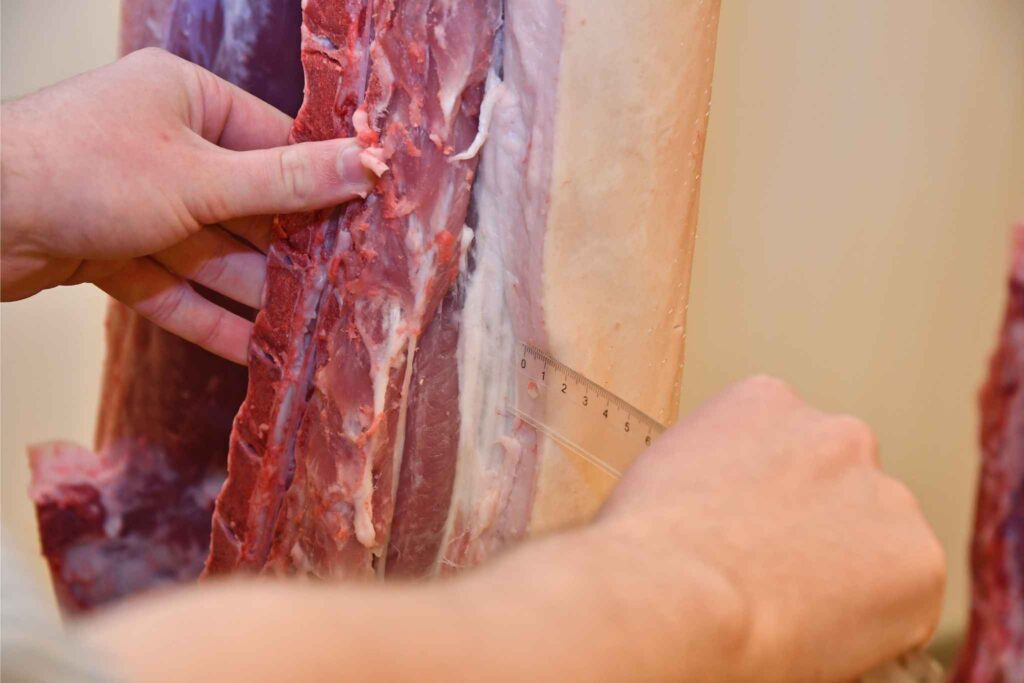
Photo: Morten Thomsen
The results from the Danish Meat Trade College proves that pigs can have both a high level of backfat – to satisfy local requirements – and a high lean meat percentage. There is not a strong correlation between the carcass’s total lean meat percentage and the level of backfat for DanBred pigs.
Optimal feeding
The backfat measurements that the butcher students have just made are similar to the method used in Korea to measure meat percentage.
“If the measurements in Roskilde show that a DanBred finisher pig that has been fed according to Danish standards does not quite show the backfat you are looking for, then we can adjust the feed strength and feed composition a little and thereby get more backfat without compromising the productivity,” says Jesper Rønne Poulsen.
Changing your feeding strategy can increase the total fat content and increase the amount of finishers that have optimal backfat thickness even more.
We are happy to help you optimise your feeding strategy so that you can achieve your goals.
Useful knowledge for both parties
This time, the butcher students measured backfat at three specific spots on the carcasses and sent the results to DanBred. These measurements provide the students with a practical understanding of how various factors, such as feed and breeding, affect the appearance and quality of the carcass.
The measurements show that the meat percentage of the pigs varied from 57 to 64 % – with an average of 61 %. The students also discovered that there is no direct correlation between the pig’s meat percentage and the backfat thickness.

Photo: Morten Thomsen

